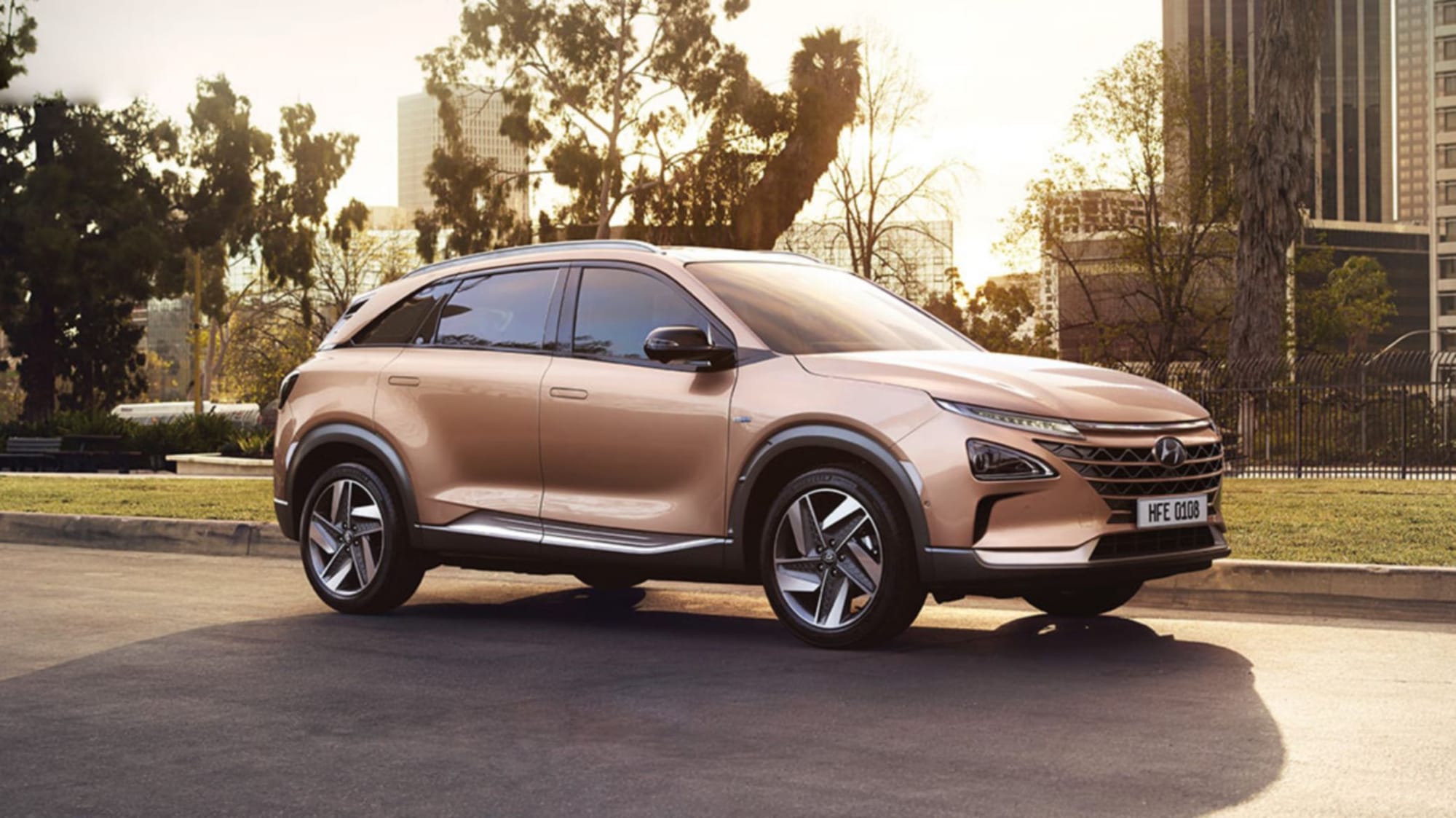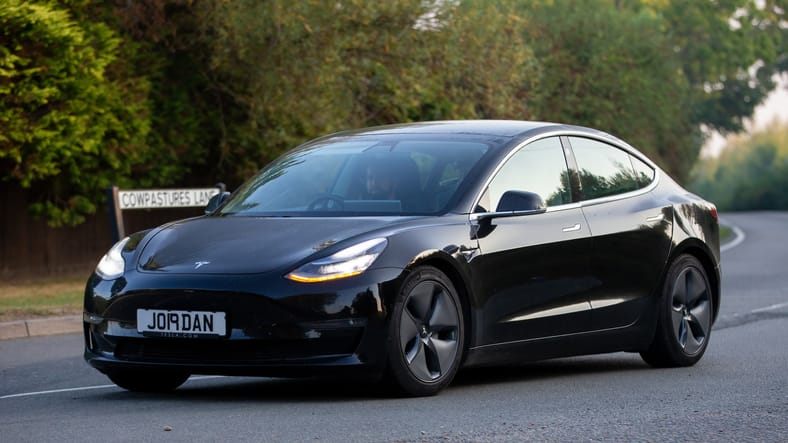The Road Less Traveled: Fuel Cell vs. Battery Electric - Hyundai Nexo vs. Tesla Model 3

The electric vehicle (EV) revolution is in full swing, but the path to zero-emission transportation isn't a one-size-fits-all proposition. Two main contenders are vying for dominance: battery electric vehicles (BEVs) and fuel cell electric vehicles (FCEVs). This article takes a deep dive into these technologies by comparing two popular models – the Hyundai Nexo, a hydrogen-powered FCEV, and the Tesla Model 3, a battery-powered BEV.
Powertrain Showdown: Hydrogen vs. Battery
The core difference lies in how these vehicles generate electricity for propulsion. BEVs, like the Model 3, store electricity in large battery packs that power the electric motor. Plugging into a charging station replenishes the battery for extended driving range. FCEVs, like the Nexo, use a hydrogen fuel cell to generate electricity. Hydrogen gas and oxygen from the air combine in the fuel cell, producing electricity and water vapor as the sole emission. Refueling involves filling the hydrogen tank, a process similar to filling a traditional gasoline car.
Range and Refueling: Convenience vs. Efficiency
One of the biggest selling points for FCEVs is their refueling time. Filling a hydrogen tank takes just minutes, comparable to gasoline vehicles. The Nexo boasts an impressive range of 455 miles (EPA estimate), giving drivers peace of mind on long journeys. However, the Achilles' heel of FCEVs is the limited availability of hydrogen stations. Currently, the infrastructure is sparse, concentrated in specific regions, and often inconveniently located.

BEVs like the Model 3 offer a wider range of charging options. Level 2 home chargers provide overnight replenishment, while DC fast chargers on highways can add hundreds of miles of range in a short time. However, charging times can be significantly longer than refueling with hydrogen. The Model 3 offers a respectable range of 272 miles (EPA estimate), but this can be impacted by factors like driving style and weather conditions.
Environmental Impact: A Holistic View
Both BEVs and FCEVs produce zero tailpipe emissions, but their environmental impact extends beyond the vehicle itself. BEVs rely on the electricity grid, which might not be entirely clean depending on the source of power generation. FCEVs require the production, transportation, and storage of hydrogen, which can be energy-intensive.
However, advancements in renewable energy sources and hydrogen production methods are constantly improving the sustainability of both technologies. Ultimately, the environmental impact depends on the specific energy mix used for electricity generation and hydrogen production.
Driving Experience and Technology: A Matter of Preference
Both the Nexo and Model 3 offer a smooth, quiet, and responsive driving experience typical of electric vehicles. The Nexo provides a spacious and comfortable SUV interior, while the Model 3 boasts a minimalist and tech-focused design.

Tesla is known for its advanced driver-assistance systems (ADAS) and innovative in-car technology. The Model 3 features a large central touchscreen that controls most vehicle functions. The Nexo offers a more traditional button-based interface with a digital instrument cluster.
Cost and Incentives: A Balancing Act
The initial purchase price of the Nexo is significantly higher than the Model 3. However, government incentives and tax credits can bridge the gap considerably. Additionally, some regions offer free hydrogen refueling for a limited time, further sweetening the deal for FCEV adopters.
BEVs generally have lower maintenance costs due to the simpler electric drivetrain. However, battery degradation over time can be a concern for long-term ownership. The availability and cost of hydrogen fuel are also factors to consider with FCEVs.
The Verdict: A Choice for the Future
The choice between a Hyundai Nexo and a Tesla Model 3 hinges on your priorities. If driving range and quick refueling are paramount, the Nexo might be the better option. However, the limited hydrogen infrastructure and higher initial cost are drawbacks. The Model 3 offers a wider charging network, lower upfront cost, and access to Tesla's cutting-edge technology. However, its range is shorter, and charging times can be longer than refueling with hydrogen.
Ultimately, both the Nexo and Model 3 represent significant advancements in zero-emission transportation. The "better" choice depends on your individual needs and driving habits. As technology improves and infrastructure expands, both BEVs and FCEVs have the potential to become mainstream players in the future of sustainable transportation.
